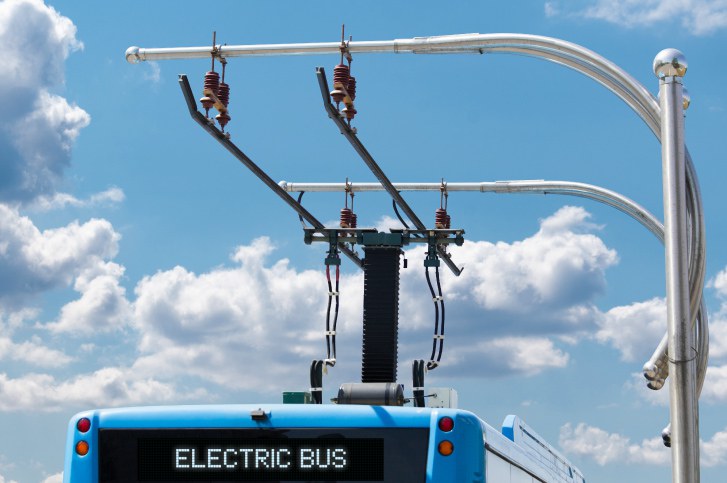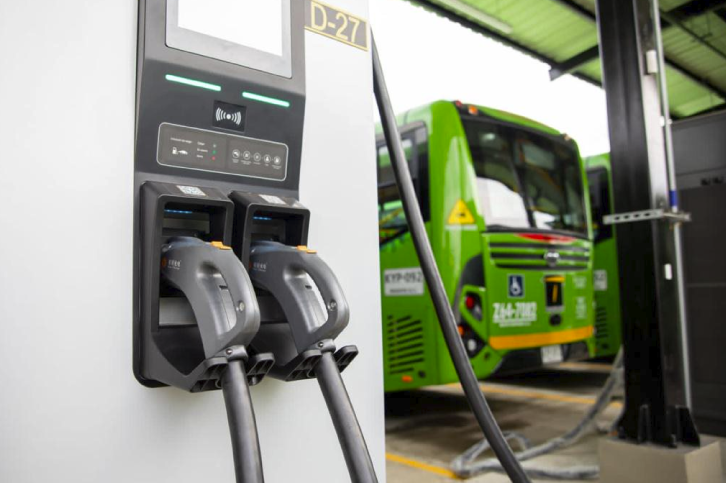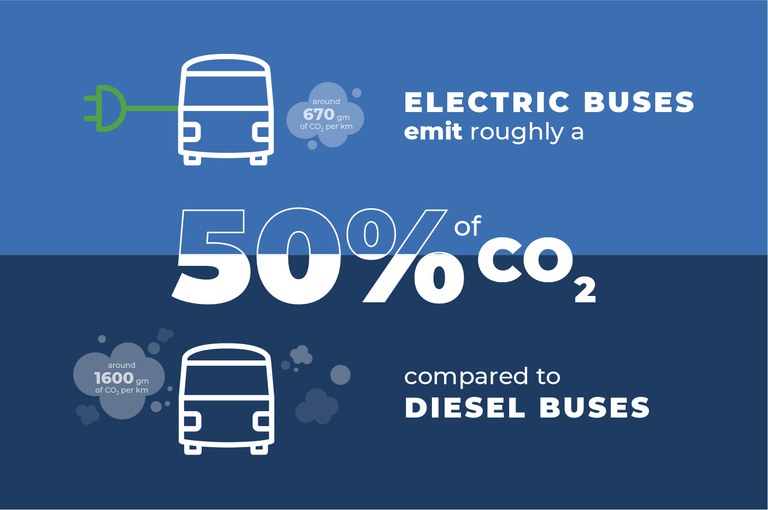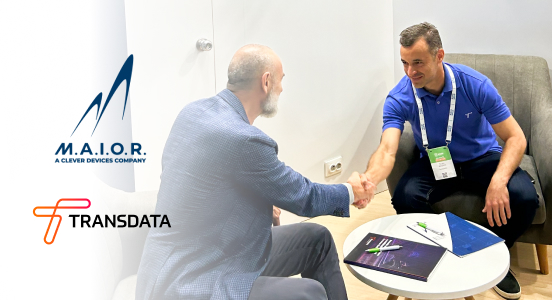Electric bus fleet management with the MAIOR Suite
In this article, we will discuss how the MAIOR Transit Scheduling Suite helps to support public transport companies during the energy transition and how it can help them plan and optimize their service operations planning when they manage electric buses.
What is the approach to have when it comes to e-buses?
When it comes to e-buses, it is important to approach them correctly.
Planning a service with electric buses involves not only the planning of the service itself but also determining the charging strategy to use, which can take place at the depot or in-line.
Environmental factors, battery technologies, support services during service delivery, and fleet management are also factors that need to be considered.

What is the goal of the MAIOR Suite?
The goal of the MAIOR Transit Scheduling Suite is to plan service while respecting the constraints imposed by the use of electric vehicles, and in the context of planning, it is important to distinguish the various phases involved:
1. Network and project data: it is necessary to determine where to allocate charging points. Two types of charging are distinguished:
– Overnight recharging at depots when the e-bus is not operating
– Opportunity recharging during the course of the service
2. Timetable: it is important to cover the service taking into account the differences between lines in terms of energy consumption.
3. Vehicle blocking optimization: it is necessary to consider all the factors involved without increasing the number of resources needed.
4. Daily management: during the management phase, it is useful to have decision-support tools to deal with daily challenges.
Worldwide references of fleet that plan and manage their service with the MAIOR Transit Scheduling Suite:
– Qatar: 1,000 electric buses
– Colombia: Over 400 electric buses
– Italy: more than 200 electric buses

What are the challenges of the green transition?
The transition to a more sustainable fleet presents several challenges. Configuring and defining parameters related to electric vehicle infrastructure, including consumption profiles, battery capacity, and depth of discharge are aspects to keep in mind when managing and addressing a transition to a greener fleet including e-buses.
Some of the electric vehicle parameters that need to be included in the MAIOR Transit Scheduling Suite for efficient and effective planning of electric bus operations are the battery parameters: such as battery capacity, consumption (also related to territory), DoD (Depth of Discharge) which represents how much you can actually use the battery without compromising its lifetime, and SoC (State of Charge) which is critical for planning service delivery.

Green transition: How to plan the transition from a non-electric vehicle service to an EV service?
There are some aspects to consider to ensure effective service planning:
1. Integrated assessment of the impact of deadheads on vehicle schedules: It is necessary to assess how deadhead trips may affect electric vehicle schedules. This involves considering the availability of electric vehicles for trips, taking into account their range and charging infrastructure. It is important to establish a schedule that balances non-revenue trips with the ability of electric vehicles to maintain an adequate level of charge.
2. Monitoring State of Charge (SoC) progress: The SoC represents the state of charge of electric vehicle batteries. It is critical to monitor the progress of the SoC during trips to ensure that vehicles maintain an adequate charge to complete planned routes. This requires the use of real-time monitoring systems to assess the SoC of vehicles and take corrective action, such as reducing speed or scheduling a stop for charging, if necessary.
Electric vehicle trip planning requires careful management and attention to vehicle availability and autonomy, as well as the management of charging infrastructure.
Using advanced planning and monitoring tools, such as those offered by the MAIOR Transit Scheduling Suite, can support public transport companies in ensuring a smooth transition to an electric bus fleet, optimizing operational efficiency, and ensuring adequate service coverage.
Using real data, attributes of electric vehicles can be easily modified to achieve a more accurate service planning solution. The user can autonomously modify the data for different parameters to try to emulate or simulate the actual range of the vehicles, which may decrease over time, using real data from the service provided. This enables the planning of more reliable electric vehicle schedules.
The MAIOR Suite for Electric Vehicles is a valuable software solution for public transport companies wishing to adopt electric vehicles in their fleet, offering a comprehensive solution for planning, optimizing, and managing energy-efficient transportation services, thus helping to build a more sustainable future.


